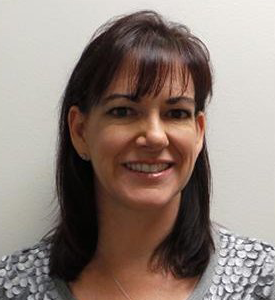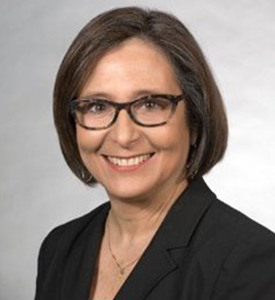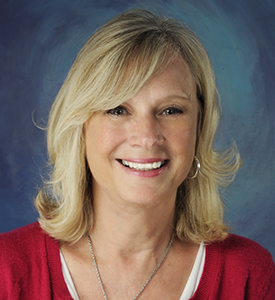
SPEAKERS & SESSIONS |
Meet the Facilitator: Maureen Coveney
Energy Roundtable: The Smarter Grid: Flexible and Co-Optimized
ENERGY ROUNDTABLE The Smarter Grid: Flexible and Co-OptimizedPower distribution has recently become a lot more complicated! The cost of renewables has been decreasing, attracting not just utilities but also communities and green-tech consortiums to the smaller-scale generation and distribution grid space. In addition, customers with smart thermostats, smart buildings, photo-voltaic (PV) or wind behind-the-meter are using less electricity and/or feeding supply back into the grid. Soon, the presence of an ever-increasing number of electric vehicles and storage on the grid will make the job of determining supply and demand a more challenging pursuit. This entire scenario wreaks havoc on the traditional utility business model. The decrease in renewable costs plus the push to meet sustainability objectives have lead utilities to look at new ways of procuring and delivering electricity. Where regulators are providing for compensation, non-wires alternatives –including demand response, microgrids and storage–are being considered as alternatives to large capital investments in sub-stations and other distribution infrastructure. And, as utilities determine how to accommodate the demands of diverse grid players, the impact on the traditional energy infrastructure could be moderate to severe, considering that traditional energy assets were not meant to start and stop as frequently as this new operational paradigm may require. This very same complexity breeds opportunity. Utilities need a new way of planning for and operating the grid because customer and utilities assets are more intertwined than ever. Third party-owned assets, such as utility scale storage, which utilities have contracted under power purchasing agreements (PPAs), are now part of the utilities’ operating assets, though not owned by the utility. A utility may want to pay for services provided by customer assets (PV plus storage) to the distribution grid to mitigate voltage fluctuations, for example. Traditional longer-term, capital rich investment cycles may not be as relevant in this new world, where conditions can change somewhat quickly and new solutions, asset and/or service-based partnerships, and regulatory rules need to be developed, tested and implemented in shorter timeframes. The good news is the development in new technology for smart infrastructure – sensors, distributed energy resources management systems, microgrids, Big Data and Analytics, digital twins, Internet of Things, drones, smart EV charging, and smart lighting. These technologies can be integrated with existing utility technologies, such as GIS, AMI, and DMS SCADA. And community-led partnerships with utilities and third parties are now exploring how to leverage collective strengths to manage a dynamic grid. This session will explore how utilities can plan for asset related digital transformation to achieve a smart infrastructure for operating and maintaining a more dynamic grid. Topics to be explored include the following:
|

 Maureen Coveney, CEO, Bolen Group
Maureen Coveney, CEO, Bolen Group

